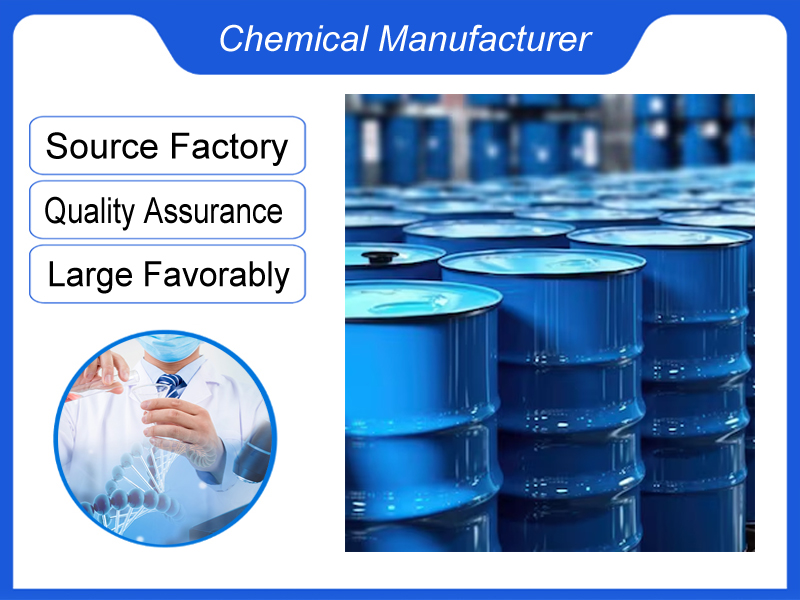
Inorganic bases
We are a manufacturer based in China. We specialize in providing high-quality Inorganic bases for industrial clients across various sectors. Whether you need chemicals consultation or technical support, our team is here to help.
Category:Inorganic Chemicals Own Brand:MT /MOQ:100KG /From China/ B2B only.
Introduction
Inorganic bases are compounds that are composed of one or more elements other than carbon and hydrogen. They include compounds such as sodium hydroxide, potassium hydroxide, and ammonium hydroxide.
| Category | Details |
|---|---|
| Definition | Ionic compounds releasing hydroxide (OH⁻) or oxide (O²⁻) ions in solution |
| Primary Types | – Metal hydroxides: NaOH, KOH, Ca(OH)₂ – Metal oxides: MgO, CaO – Carbonates: Na₂CO₃, K₂CO₃ |
| Key Properties | – pH: >7 (strong bases: pH 10-14) – Solubility: Varies (NaOH/KOH soluble, Mg(OH)₂ insoluble) – Reactivity: Neutralize acids, hydrolyze esters |
| Applications | – Chemical Manufacturing: pH adjustment, polymerization catalysts – Household: Drain cleaners (NaOH), soap production – Agriculture: Soil pH correction, fertilizer additives – Metallurgy: Flux in metal refining |
| Synthesis Methods | – Electrolysis: Chlor-alkali process (NaOH/Cl₂) – Calcination: Metal carbonate decomposition (CaCO₃ → CaO + CO₂) – Precipitation: Metal salt + hydroxide reaction |
| Environmental Impact | – Alkaline Pollution: Harmful to aquatic life – Carbon Footprint: Energy-intensive production (e.g., electrolysis) – Waste Management: Neutralization before discharge |
| Safety Considerations | – Corrosivity: Causes skin burns (NaOH/KOH) – Storage: Avoid moisture (hydration risk) – Handling: Use PPE (goggles, gloves) |
| Market Trends | – Growth Sectors: Green chemicals (bio-based alternatives), water treatment – Regional Demand: High in Asia, North America – Innovations: Nanoparticle-enhanced bases for catalysis |
Note: Strong bases require specialized packaging (e.g., HDPE containers). Avoid mixing with acidic substances to prevent violent reactions.
If you're ready to take the next step, Leave your message below and we’ll reply soon. 20+ years of chemical manufacturing & export experience, a partner you can trust.





